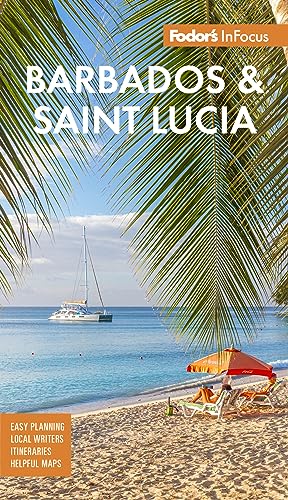History of Rum in Barbados
For more than 300 years (from 1655 through "Black Tot Day," July 31, 1970), a daily "tot" of rum (2 ounces) was duly administered to each sailor in the British navy as a health ration. At times, rum has also played a less appetizing—but equally important—role. When Admiral Horatio Nelson died in 1805 aboard ship during the Battle of Trafalgar, his body was preserved in a cask of his favorite rum until he could be properly buried.
Hardly a Caribbean island doesn't have its own locally made rum, but Barbados was the first. Mount Gay, the world's oldest rum distillery, has continuously operated on Barbados since 1703, according to the original deed for the Mount Gay Estate, which itemized two stone windmills, a boiling house, seven copper pots, and a still house. The presence of rum-making equipment on the plantation at the time suggests that the previous owners were actually producing rum in Barbados long before 1703.
Today, much of the island's interior is still planted with sugarcane—where the rum really does come from—and several greathouses on historic sugar plantations have been restored with period furniture and are open to the public.
To really fathom rum, however, you need to delve a little deeper than the bottom of a glass of rum punch. Mount Gay offers an interesting 45-minute tour of its main plant, followed by a tasting. You can learn about the rum-making process from cane to cocktail, hear more rum-inspired anecdotes, and have an opportunity to buy bottles of its famous Eclipse or Extra Old rum at duty-free prices.




